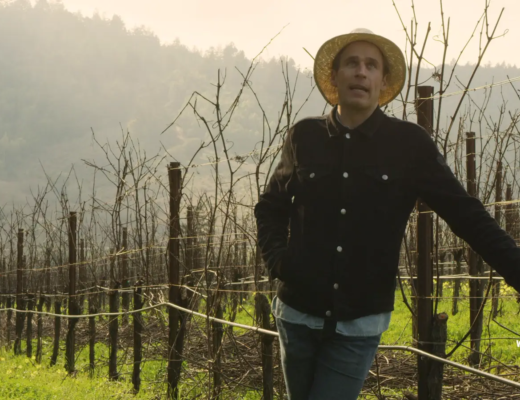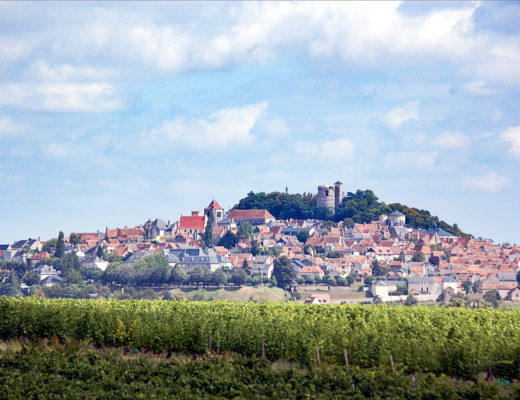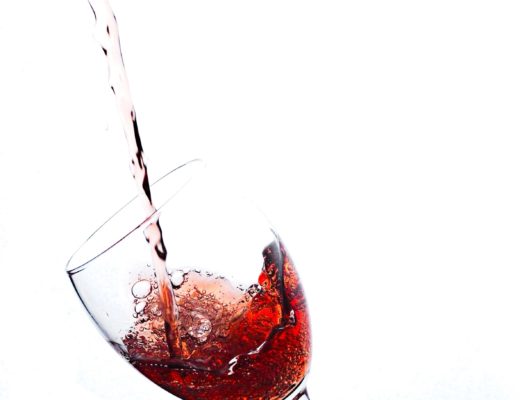Our wine team put together a (really fun) short film to help you learn technical tasting skills and impress any (and every) person around the table. This isn’t just any short film. No, no, we hired Fran Strine, one of Hollywood’s top documentary talents, and teamed up with Jonathan Cristaldi, our longtime contributor and wine writer, and the resulting short is a first for wine educational videos.
The Master Sommeliers and Masters of Wine who use this method might be serious on most days, but using their BLICCA method is anything but. “BLICCA” is the acronym for the very qualities that produce a beautiful glass of wine: Balance, Length, Intensity, Complexity, Concentration, and Ageability.
Be warned: you may laugh, you may cry, but you will learn how to (and how not to) assess the quality in a wine. The magic ingredient making it all possible is a little something called BLICCA.
Let’s break it all down:
BALANCE: Are the structural elements of wine working together harmoniously?
In short, a balanced wine will make you want to take another sip immediately. A balanced wine will find harmony between tactile impressions and fruit flavors. It will possess the right amount of acidity to keep your mouth watering, and balance the fruit (or sweetness, if there is any) in the wine.
When you take your first sip of the wine, really think for a moment as you taste it, and ask yourself it feels harmonious, or if a single element is sticking out. Are the tannins too pronounced, overpowering the flavor elements? Or is there too much upfront fruit? If the wine is balanced all of its elements will work together, the best of them show an energetic tension that carries into all the other elements of quality.
LENGTH: How long does the Impression of the wine linger on your palate after you’ve tasted it?
The good news about length is you might have to taste the wine a few times to figure it out. What you’re looking for is an impression of fruit, oak, and spice notes, or a combination of all three that linger and are perceptible for some time after you’ve swallowed the wine.
If the wine continues to be present for 20 seconds or more, that’s a good sign. If however, the flavors disappear rather quickly, this could indicate higher yields in the vineyard or a less favorable site for the variety, blending fruit from a broad area as opposed to a single vineyard, or less protective winemaking at the winery—in general signs of a lower quality wine. In the best wines, flavors will not only linger on the palate, but continue to evolve and change over 30-60 seconds We hope you drink plenty of those!
INTENSITY: How powerful are the aromas and flavors of the wine?
When you stick your nose in the glass, and when you taste the wine, how powerful are its aromas and flavors? Are they giving and generous, gregarious and interesting, or are the scents quiet and understated, like a whisper? With wine being on either end of the spectrum isn’t a good or a bad thing.
Imagine the wine as if you are meeting someone new at a party. Some are loud, outgoing, and fun. Others are quiet, thoughtful, and brooding. But both are intense in their own way, correctly assessed as high intensity. What they are not is boring, uninteresting, or forgettable—such a wine would be low intensity. The best wines have an intensity the will hold your interest and fascinate you long after you finish the bottle.
COMPLEXITY: Are there layers of interesting aromas and flavors that all complement one another?
There are literally thousands of aromas and flavors one can find in wine, but they essentially break down into a few categories—fruit, floral, herbal, earth or mineral, yeast, oak, and other aromas. Within these categories there are a wide variety of aromas and flavors possible, the more categories one finds in a wine, the more complex it is. If you try a red wine, and all you can smell or taste is raspberry (fruit) and baking spice (oak), then it is a non-complex wine.
But if you find aromas and flavors of black cherry and raspberry (fruit), sweet cedar and baking spice (oak), graphite and truffle (earth), and violets (floral), then the wine is complex. Keep in mind, a wine doesn’t have to be complex to be enjoyable, but complexity a characteristic of a high quality wine. The best wines even continue to evolve new and different aromas and flavors as they open in the glass, showing as more complex on the last glass than the first.
CONCENTRATION: How rich and how powerful is the wine and its flavors?
Think of concentration like this: When you flex your arm muscles—if you feel a rock-solid bicep, that’s concentration. But when you relax that bicep and let it sway gently in the wind, that’s basically the opposite.
In essence, concentration is about density, not weight. While wines can be heavy or light, high-quality wines are densely packed and firmly textured. Whether they’re full bodied and blocky or light and graceful, they have an underlying muscularity, tightly packed with structure and flavor you can feel on your palate.
AGEABILITY: Does the wine have the potential to achieve greatness later in life?
Think of yourself as a teenager. Rather uncomfortable, isn’t it? But look at you now. You’re awesome. Well, certain wines have the potential to grow from a state of adolescence into a complex adult, teeming with secondary and tertiary qualities that are profound, thought-provoking, delicious and surprising. If all the elements up to now have impressed—the balance, length, intensity, complexity, and concentration—and are all in good form, there’s a very good chance you’re dealing with a wine that will age well and eventually be just as awesome as you.






